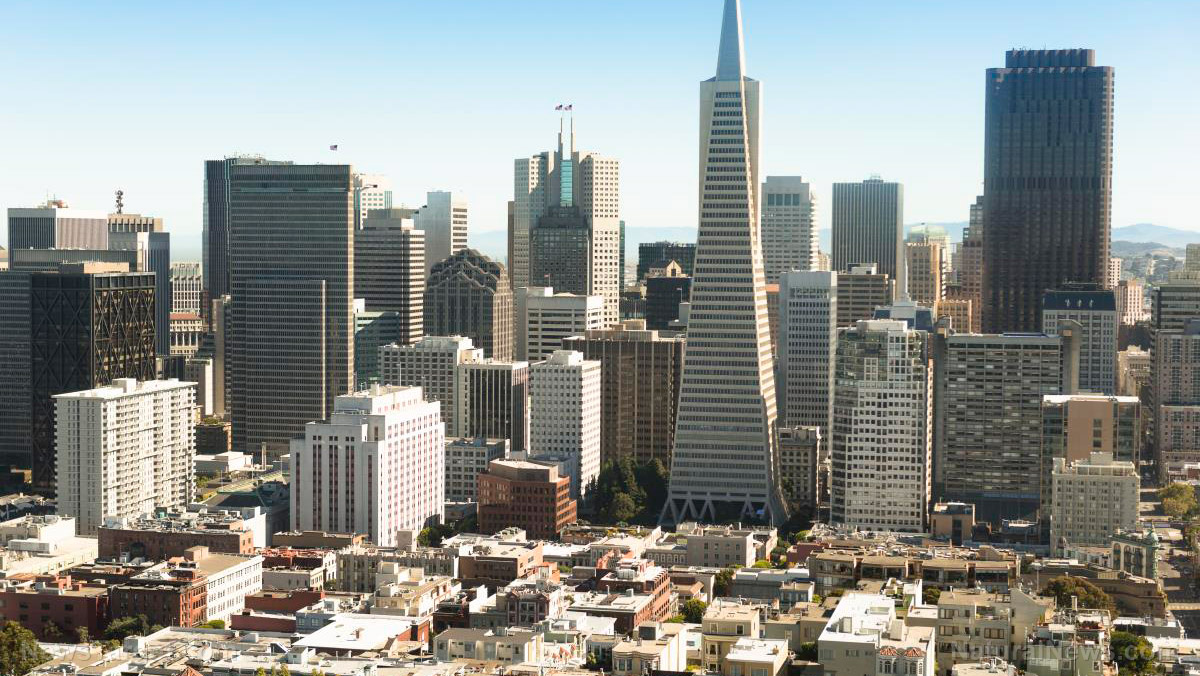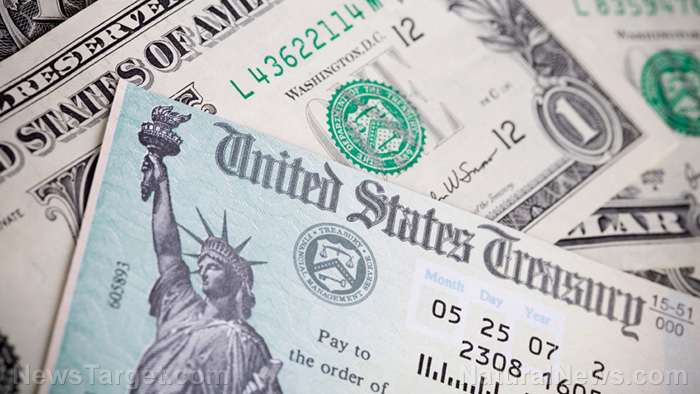
The world's network of ports, container vessels, and trucking companies that allow goods to move globally has been tangled due to the pandemic, and the cost of shipping is skyrocketing.
This disruption to the global supply chain is only getting worse, and shortages of consumer products are making it more expensive for companies to ship goods.
Unresolved snags and the emergence of new pandemic problems such as the delta variant also sees shoppers facing higher prices over the holiday season as brands are already warning of disruptions as they prepare for the year-end period.
"The pressures on global supply chains have not eased, and we do not expect them to any time soon," Bob Biesterfeld, the CEO of C.H. Robinson said.
The latest supply chain obstacle is in China, where a terminal port south of Shanghai has been shut since August 11, after a dock worker tested positive for COVID-19. International shipping lines such as Maersk (AMKBY), Hapag-Lloyd (HPGLY) and CMA CGM have adjusted their schedules to avoid the said port, warning customers of delays.
Partial closure of the world's third busiest container port is also disrupting operations of others in China, stretching supply chains that were already suffering from ongoing container shortages, coronavirus-related shutdowns in Vietnam, and even the lingering effects of the Suez Canal blockage last March.
Shipping companies are also expecting the cargo problems to continue. "We currently expect the market situation only to ease in the first quarter of 2022 at the earliest," said Hapag-Lloyd chief executive Rolf Habben Jansen in a statement.
The cost of shipping from China to North America and Europe has been climbing over the past few months, following a spike earlier in the year. The company's World Container Index also showed that the composite cost of shipping a 40-foot container on eight major East-West routes is up 360% from a year ago.
The biggest price jump is one along the route from Shanghai to Rotterdam in the Netherlands, with costs soaring 659%.
"The current historically high freight rates are caused by the fact that there is unmet demand. There's simply not enough capacity," Soren Skou, CEO of Maersk, said. (Related: COVID-era freight demand has NOT surged at all, so why all the congestion, delays and shocking freight price increases?)
Port congestion creating problems
Drewry Shipping also noted that congestion in Shanghai and Hongkong is "spiking" and spreading in Asia, Europe, and North America, particularly on the West Coast of the United States.
Around 36 container ships have been anchored off the adjacent ports of Los Angeles and Long Beach, according to a report from the Marine Exchange of Southern California. This is the highest number since February when 40 container ships were waiting to enter the said ports. Before the pandemic, there would only be one or no container ships at anchor.
This congestion is starting to spread to every port in the U.S., and the chances of vessels arriving on time are about 40 percent, compared to 80 percent from last year, said Biesterfeld.
The backlogs will have a ripple effect on warehouses, stretched road and rail capacity. Logistics networks have been running at maximum capacity for months, thanks to demands led by U.S. consumers. However, truck driver shortages have only exacerbated supply disruptions.
It's not only ports that are under pressure. Even air terminals are receiving large amounts of freight as companies turn to alternative methods to transport their goods. At some larger airports, there are delays of up to two weeks to claim cargo.
Retailers are also struggling to replenish inventory as they prepare for the holidays. Consumer goods producers have taken drastic steps to meet demand, such as changing where products are made and moving them by plane instead of boat, leading to additional logistics costs.
Shoppers, too, are expected to brace themselves for longer delivery times. Biesterfeld estimates that delivery time could be four to six weeks, so those who are buying holiday presents online should get them done early.
Read more about struggling supply chains at Bubble.news.
Sources include:
Please contact us for more information.





















